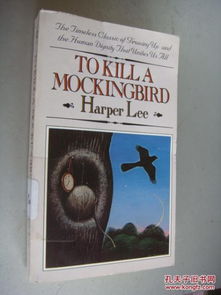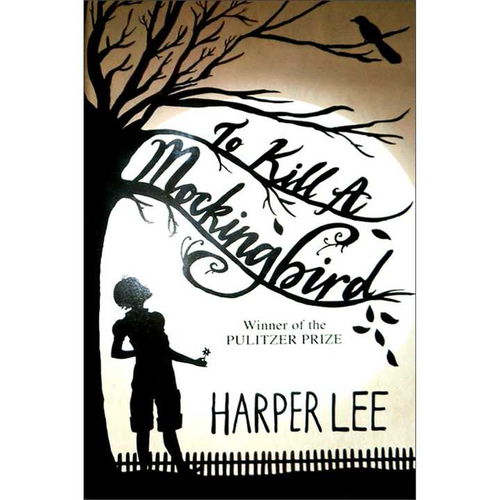Introduction to “To Kill a Mockingbird” by Harper Lee

Written by Harper Lee, “To Kill a Mockingbird” is a classic novel that has captivated readers for decades. Set in the 1930s in the fictional town of Maycomb, Alabama, the story revolves around a young girl named Scout Finch and her brother, Jem. The novel explores themes of racial injustice, moral growth, and the loss of innocence.
Characters and Setting

The novel’s protagonist, Scout Finch, is a curious and intelligent girl who grows up learning valuable life lessons from her father, Atticus Finch. Atticus, a lawyer, is a moral compass for Scout and Jem, teaching them the importance of empathy and understanding. The setting of Maycomb, a small, segregated town, provides a backdrop for the novel’s exploration of racial tensions and societal norms.
| Character | Role |
|---|---|
| Scout Finch | Protagonist, young girl who grows up learning valuable life lessons |
| Jem Finch | Scout’s older brother, who also learns valuable life lessons |
| Atticus Finch | Scout and Jem’s father, a lawyer and moral compass for the children |
| Boo Radley | Reclusive neighbor who becomes a symbol of fear and mystery |
| Tom Robinson | Black man falsely accused of raping a white woman, central figure in the novel |
The Trial of Tom Robinson

The trial of Tom Robinson is a pivotal moment in the novel. He is falsely accused of raping Mayella Ewell, a poor white woman. Despite overwhelming evidence of his innocence, Tom is convicted by an all-white jury. This event highlights the deep-seated racism and injustice prevalent in Maycomb society.
Themes and Symbolism
“To Kill a Mockingbird” delves into various themes, including racial injustice, moral growth, and the loss of innocence. The novel uses symbolism to convey these themes. For example, the mockingbird represents innocence and the idea that innocent people should not be harmed. The character of Boo Radley symbolizes the fear and misunderstanding that often accompany racial prejudice.
The Impact of the Novel
“To Kill a Mockingbird” has had a profound impact on American literature and society. It has been praised for its powerful storytelling and its exploration of important social issues. The novel has been used in schools across the country to teach students about the history of racial injustice in the United States.
Conclusion
“To Kill a Mockingbird” is a timeless novel that continues to resonate with readers today. Its exploration of racial injustice, moral growth, and the loss of innocence makes it a compelling and thought-provoking read. Harper Lee’s masterpiece has left an indelible mark on American literature and remains a vital work for understanding the complexities of human nature and society.




